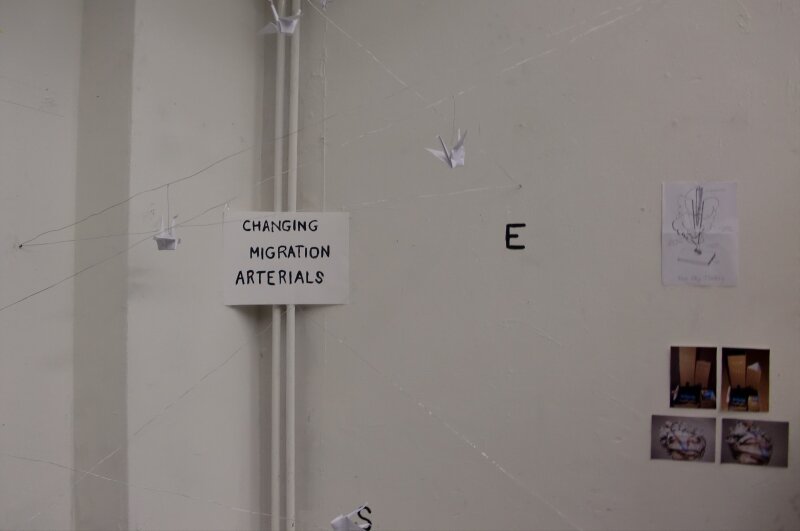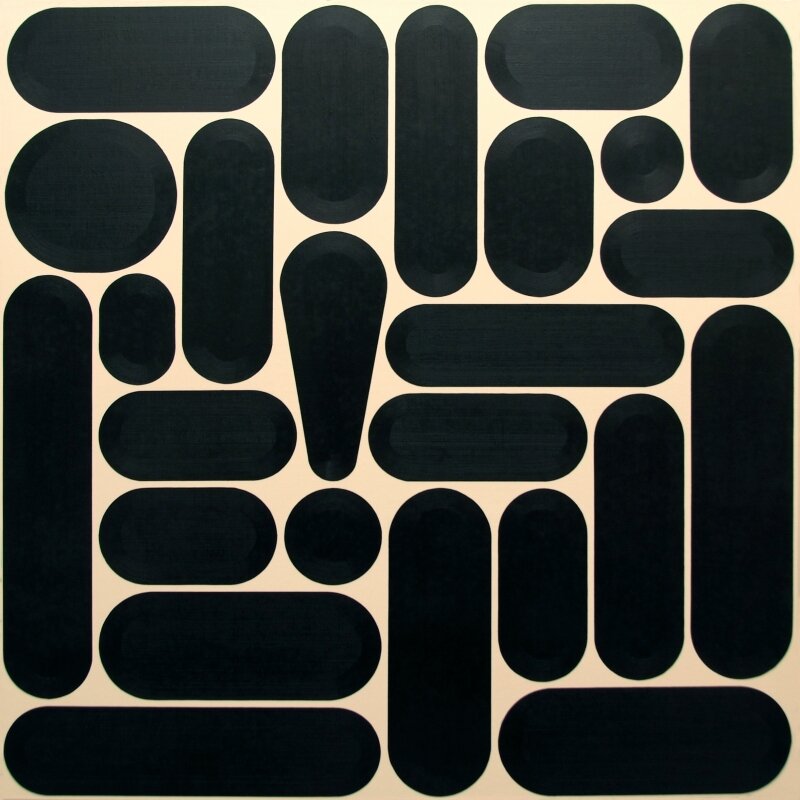J
Johan van Oord
08.10.2013

The art academy cannot exist without talent.
One is born with talent. He who receives it is left at its mercy.
In that sense, talent resembles inherited kingship that defies categories of justification. And just as kingship is subversive to democracy, talented artistry is similarly subversive to society.
A constructive sort of subversion. It initially undermines observation and knowledge, only to lay the foundations for newly formed observation and knowledge within that vacant space.
Magritte’s painting ‘l’Etat de grâce’ is a representation of talent.
Here we see an absurd composition of a floating smoking cigar and a bike resting atop it. On the cigar band an owl is depicted.
Wisdom wrapped in an unprecedented lightness towards a risky destination: the domain of new meaning.
Talent contains ability and desire.
In order to understand these mysterious substances, contemporary art education expresses them in the form of competences to act as beacons for students and tutors searching for basic qualifications.
But a mystery never allows itself to be defined by formulas or lists of ingredients.
An art academy must attempt to fathom the mystery, but must acknowledge that there are factors that remain elusive. It is precisely these factors that make the blood run quicker, that rattle beliefs, and force you to rethink your curriculum
An academy that possesses the sensitivities and instruments to do so can bring talent to fruition.
Simply ‘messing around’ without awareness of competences can lead to an amazing oeuvre.
Talent inveigles.
Literally and figuratively.
A famous talented figure who inveigles is Mr Ripley.
He so strongly desires to change his social status that by using his talent of deception, he is able to recreate the world around him and achieve this ambition. Where he fails, he resorts to murder.
Ripley is a will-o’-the-wisp.
The talent we are concerned with illuminates situations that are shrouded in the mist of conventions. This talent, too, can be murderous: the victims are:
‘his/her darlings’.
Talent is violent and magnificent.
Talent is a passion and a burden.
The academy is not present at the birth of talent.
08.10.2013

The art of painting is one of few domains in which the literal can completely coincide with the figurative.
This synthesis of the metaphorical and the factual is one of the unique components of Johan van Oord’s work. He perceives the painting as a container to place things in. No images of apples or landscapes, but painterly facts, such as circles that readily flow from the paintbrush comprised, of course, of a single colour. He reveres Magritte’s dictum that mystery is shrouded by facts. Just as Magritte, he abhors abstraction. And just as Magritte, he abhors the ‘artistic gesture’, the ‘sensitive key’, and the projection of emotions.
Facts are letters. The ambition lies in creating images that are letter and painting alike. That equally conjure image and language. Portraits of letters that murder the abstraction of the letter.
The letter that has released itself from the alphabet, that reveals the beauty of its newly acquired loneliness to the viewer.
Before being a painter of art, he is an architect/carpenter/house painter. Simply by constructing a design for the given space of the canvas – the container fits – and filling the design with paint using the craftsmanship and precision of a house painter. This is ‘craftwork’, in contrast to ‘artwork’, with the sole desire of creating fulfilment. The type of fulfilment that exists only within an artwork.
Perfection by filling full.